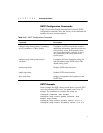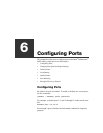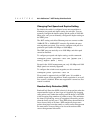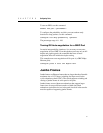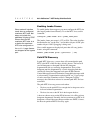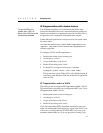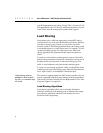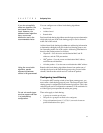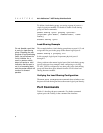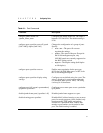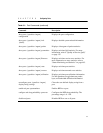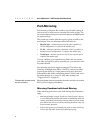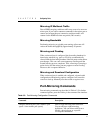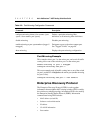
C H A P T E R 6 Configuring Ports
85
If you do not explicitly
select an algorithm, the
port-based scheme is
used. However, the
address-based algorithm
has a more even
distribution and is the
recommended choice.
You can configure one of three load-sharing algorithms:
• Port-based
• Address-based
• Round-robin
Port-based load sharing algorithms use the ingress port to determine
which physical port in the load-sharing group is used to forward
traffic out of the switch.
Address-based load-sharing algorithms use addressing information
to determine which physical port in the load-sharing group to use
for forwarding traffic out of the switch. Addressing information is
based on the packet protocol, as follows:
• IP packets—Uses the source and destination MAC and IP
addresses, and the TCP port number.
• IPX
§
packets—Uses the source and destination MAC address,
and IPX network identifiers.
• All other packets—Uses the source and destination MAC address.
Using the round-robin
algorithm, packet
sequencing between
clients is not guaranteed.
Round-robin load-sharing algorithms forward one packet out of
each physical port in the load-sharing group using a round-robin
scheme, whenever the switch receives a stream of packets.
Configuring Load Sharing
To set up the 480T routing switch to load share among ports, you
must create a load-sharing group of ports. The first port in the load-
sharing group is configured to be the master logical port. This is the
reference port used in configuration commands. You can think of it
as if the logical port represents the entire port group.
Do not mix media types
such as copper and fiber
in a load-sharing
configuration.
These rules apply to load sharing:
• A group can contain up to 8 ports.
• The ports in a group do not need to be contiguous.
• Using odd numbered ports (1,3,5,7,9,11) can result in uneven
packet distribution across ports.



